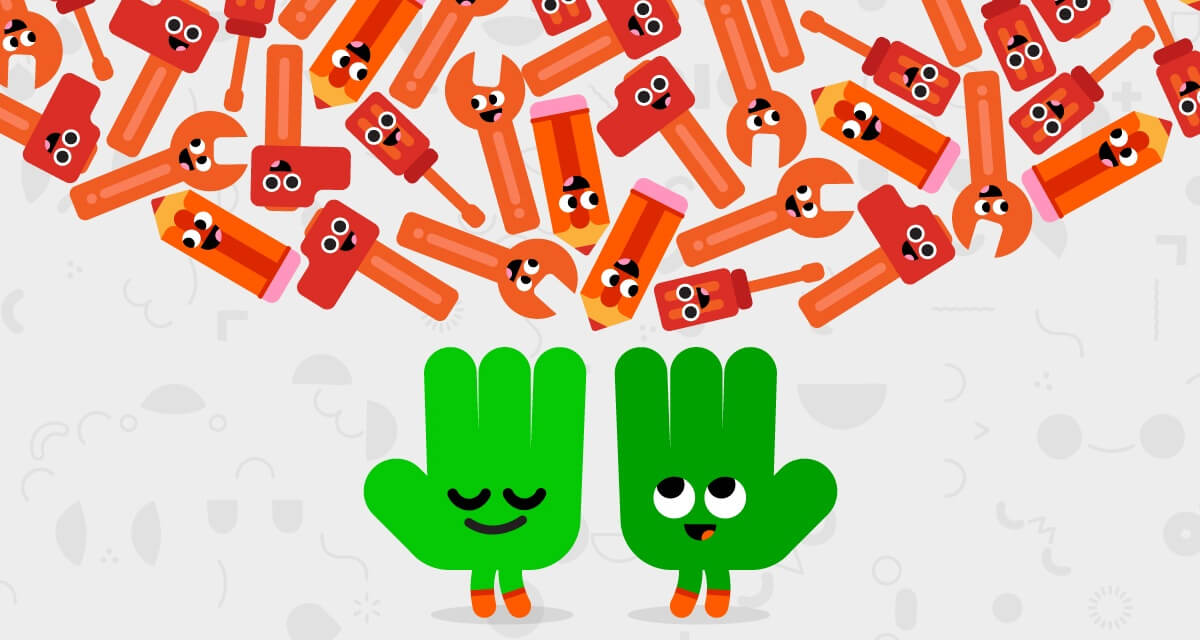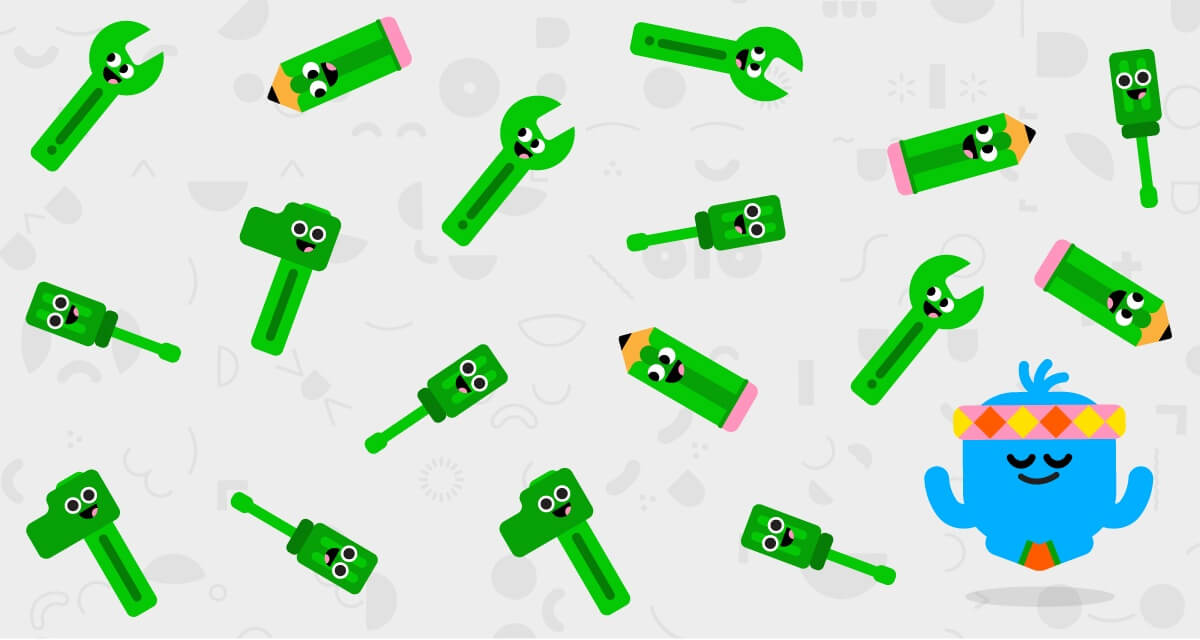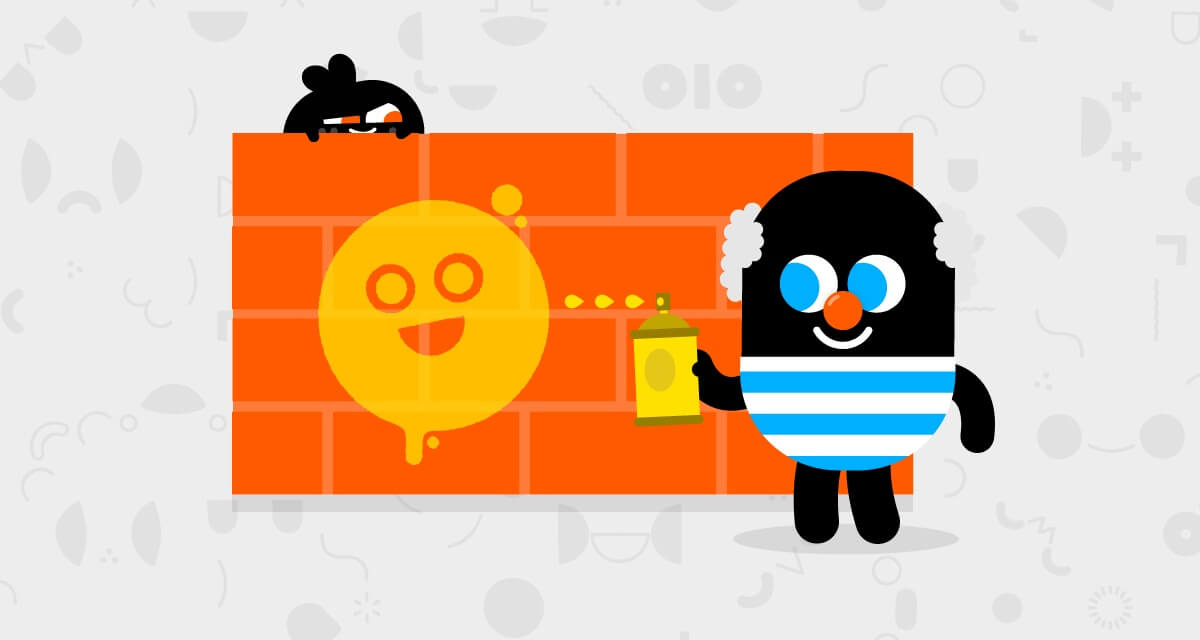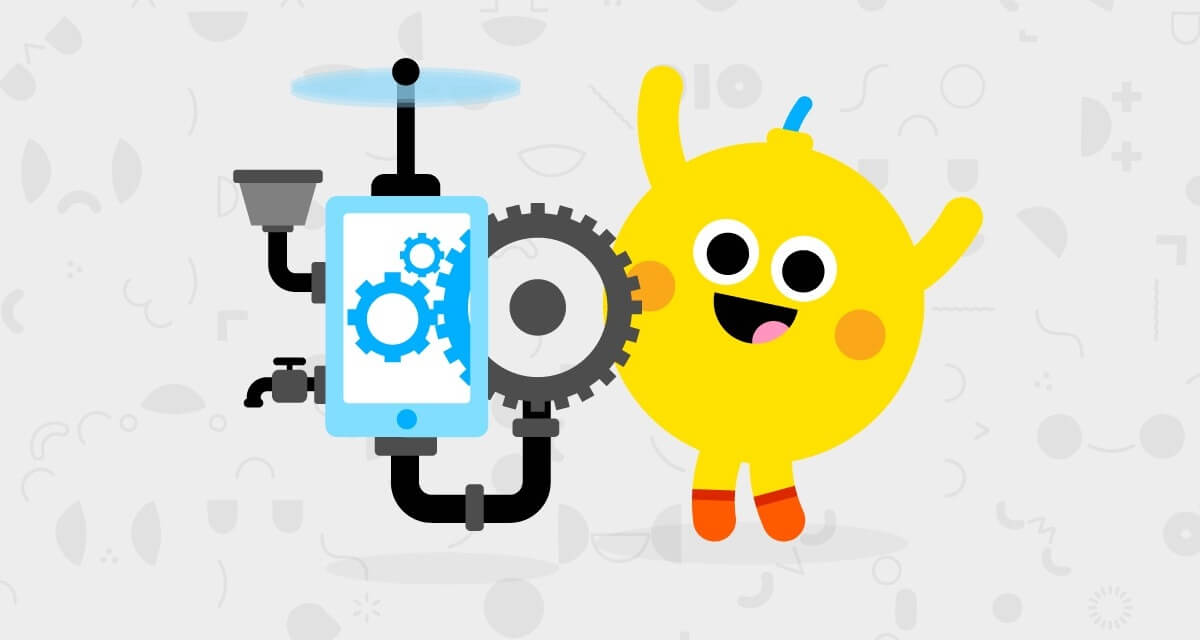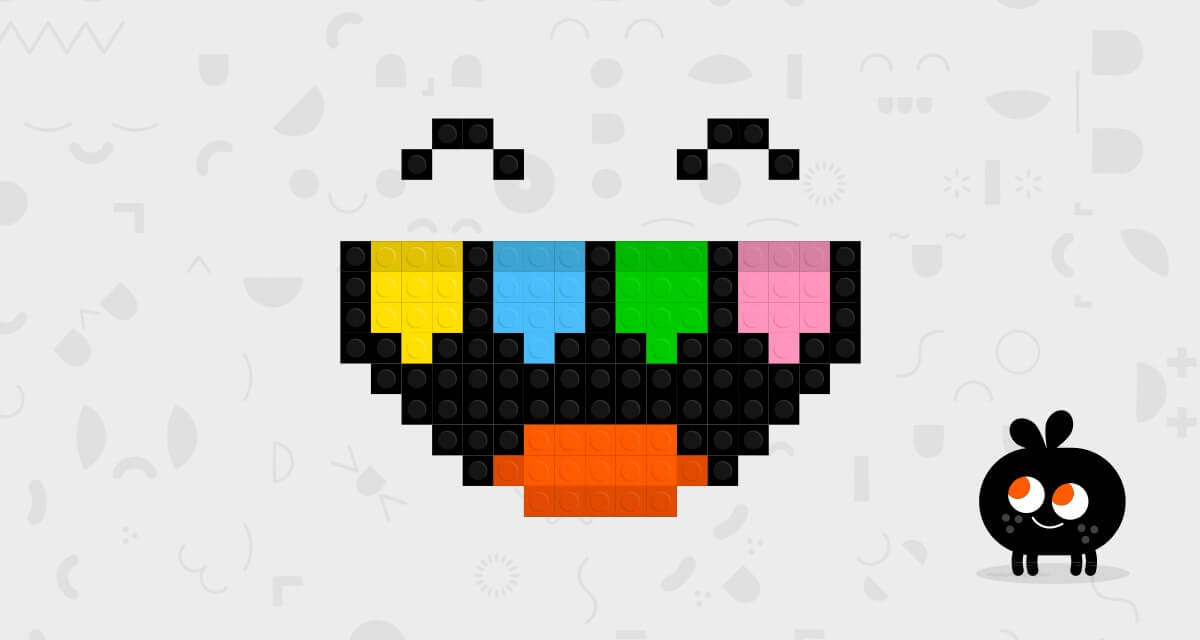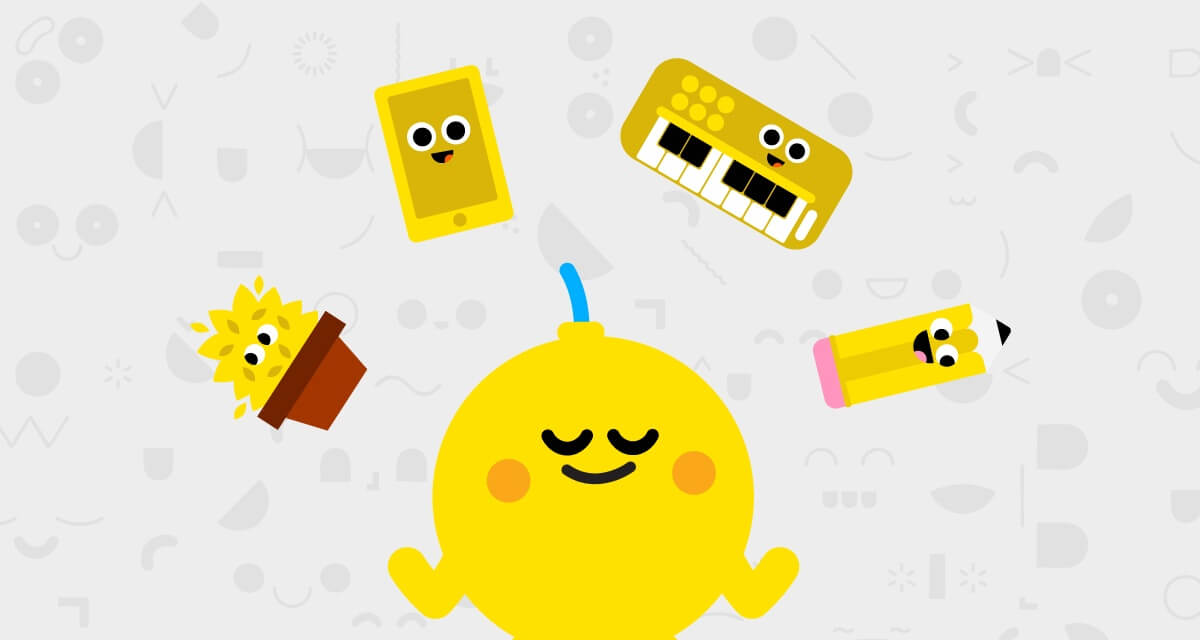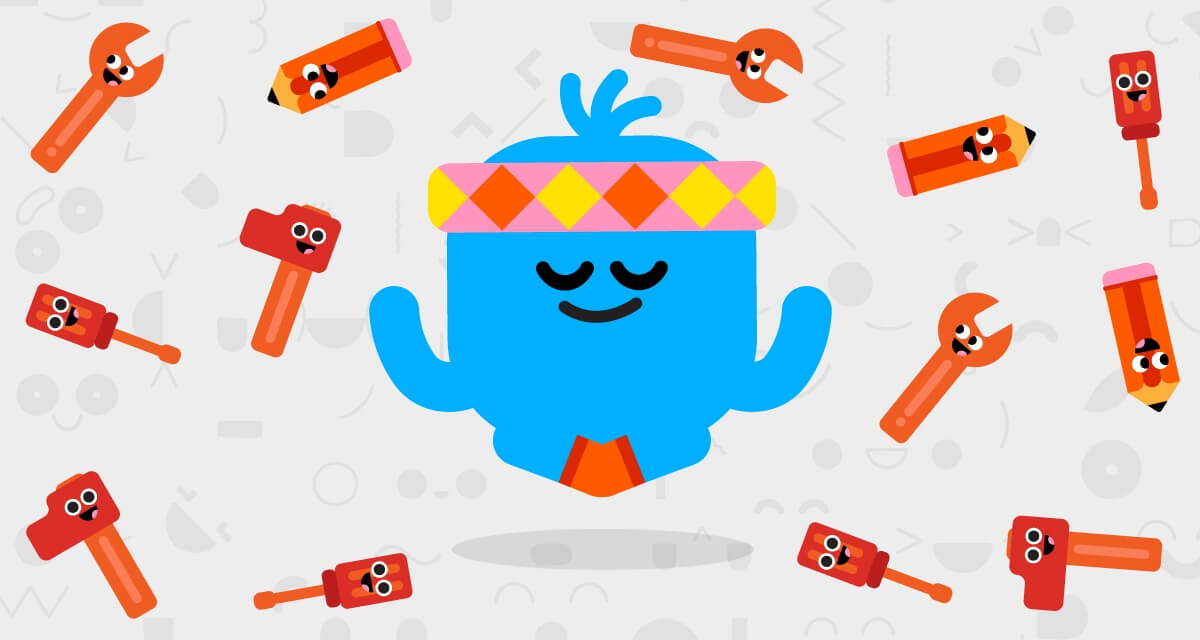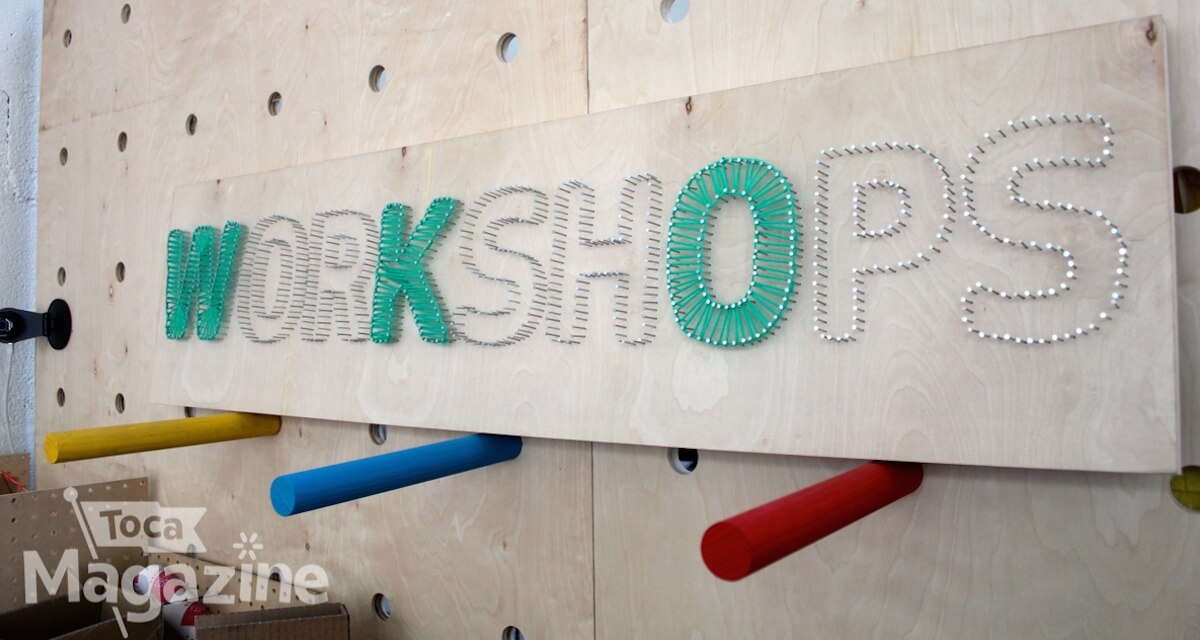Making as play is fun, embodies real-world learning and just might make the world a better place.
- By
- Parker Barry
Play. It’s the work of kids. It inspires imagination. It’s how kids learn. And it’s the inspiration for the movement of the decade, the maker movement, a celebration of all kinds of creativity.
Dale Dougherty, the founder of Make: magazine, which 10 years ago coined the term “making” and launched the maker movement, says it all started with play. “I had this strong sense that play was important,” he said, “and I didn’t want to justify what I was doing beyond that — play being important in and of itself.”
The maker movement flows naturally from play. “If we think of a classic childhood,” Dougherty said, “kids had lots of opportunities to make. We’re getting back to that.” While the maker movement wasn’t designed for kids, specifically, kids are certainly a part of it, and it’s both influenced by and impacting educational philosophies.
“The most profound thing we can do is encourage kids to experience the world themselves,” Dougherty said. “A lot of what we do, as teachers and parents, is tell kids about an experience. We have to give kids the chance to do things, though. A textbook talks about something, but kids learn by doing.”
I had this strong sense that play was important, and I didn’t want to justify what I was doing beyond that — play being important in and of itself.
Consumers vs. makers
Blame it on the “Mad Men” of advertising or the conveniences of mass production or a combination of those along with busy, harried schedules. Whatever the cause, sometime in the past five decades, we became a culture of consumers. We left behind the hand-crafting skills of creating something new or fixing something broken. We bought our food, nicely washed and packaged, from the grocery store rather than growing it or raising it ourselves. Our clothes were mass-produced by machines, washed and dried in machines, and replaced when worn rather than mended.
But just as recent years have shifted the focus to knowing where our food comes from and trying to grow or raise it ourselves — or at least know the farm it came from — we’re returning to being makers ourselves. Kami Wilt, owner of Austin’s Tinkering School and organizer of the Austin Mini-Maker Faire, sees a shift now from outsourcing everything to creating and making and crafting.
“People are realizing — or remembering,” she said, “that it is satisfying and meaningful and empowering to make things ourselves, to achieve mastery with skills and in areas of interest, and to be able to take an idea all the way from just a spark to fruition.”
People are realizing — or remembering — that it is satisfying and meaningful and empowering to make things ourselves.
Making kids smarter
Making as play embodies real-world learning — kids learn a skill and practice it, failing frequently, which forces them to evaluate and try again. Failure and risk go hand-in-hand with authentic learning. “Take something like riding a bike,” Dougherty said. “You and your kid know, when you take the training wheels off of a bike that they’re going to fall a few times before they take off on their own. We value the outcome sufficiently that we don’t get caught up on the dangers.”
Kids learn in practice rather than just theory and absorb what they’ve learned at a deeper, more meaningful level, Wilt said. “Thinking, ‘I had to use the Pythagorean theorem to figure out an angle for a shelf I was building’ is different than sitting at a desk and trying to absorb that information when it’s all abstract,” she explained.
Nimble thinkers, which making helps develop, are necessary for the changing tech and changing world, Roseanne Somerson, editor of the Art of Critical Making, shared at SXSWedu. She quoted research explaining that almost all Nobel-laureate scientists had been makers as kids — in art, music, crafts. “Craft skills are particularly relevant to scientific practice,” she said. “…(like) the imaginative thinking and problem solving that comes from a deep understanding of materials and how to build something from scratch.”
Making the world better
The Internet has made the world smaller, connecting us and putting information and resources at our fingertips. For makers, sites like Etsy allow them to bring their product to the marketplace, selling directly to the consumer. It’s made learning the skills easier, too, with a plethora of making resources available.
In such a connected world, it could be easy to become just a spectator, but making makes kids active participants in the world. “You feel like you can make a difference in the world, that problems are solvable and things are fixable,” Wilt said.
What can parents do?
It all comes back to the importance of play, though. Making is fun. “We get in this learning mode — this is good for you, but it’s not a lot of fun,” Dougherty said. “We need to take play more seriously. They are learning. They are engaging. They are doing something. Their natural instincts will push them forward, to discover, to explore, to ask questions. Learning comes out of being engaged in the activity.”
The best learning comes from experimental play, Dougherty said. “You’re testing something. It’s trial and error,” he said. “When you try something, you can know whether it is true or not. Oh, that’s how it works! That’s how you learn. That’s how kids learn.”
Dougherty cautions parents not to take control of every situation, but encourages parents to let kids play freely.
“I’m less concerned with what they end up with than what they come up with in the process,” he said. “If they ask for help, don’t come in and solve the problem. Encourage them to solve the problem themselves.”


